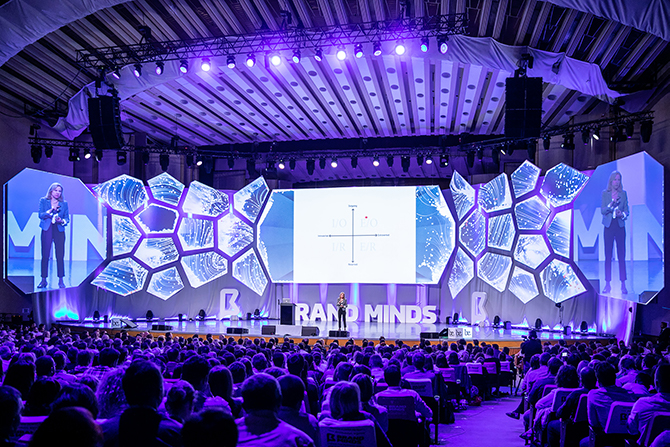Mammals and birds have evolved three primary, discrete, iterrelated emotion-motivation systems in the brain for mating, reproduction, and parenting: lust, attraction, and male-female attachment. Each emotion-motivation system is associated with a specific constellation of neural correlates and a distinct behavioral repertoire. Lust evolved to initate the mating process with any appropriate partner; attraction evolved to enable individuals to choose among and prefer specific mating partners, thereby conserving their mating time and energy; male-female attachement evolved to enaele individuals to cooperate with a reproductive mate until species-specific parental duties have been completed. The evolution of these three emotion-motivation systems contribute to contemporary patterns of marriage, adultery, divorce, remarriage, stalking, homicide and other crimes of passion, and clinical depression due to romantic rejection. This article defines these three emotion-motivation systems. Then it discusses an ongoing project using functional magnetic resonance imaging of the brain to investigate the neural circuits associated with one of these emotion-motivation systems, romantic attraction.
Read More

